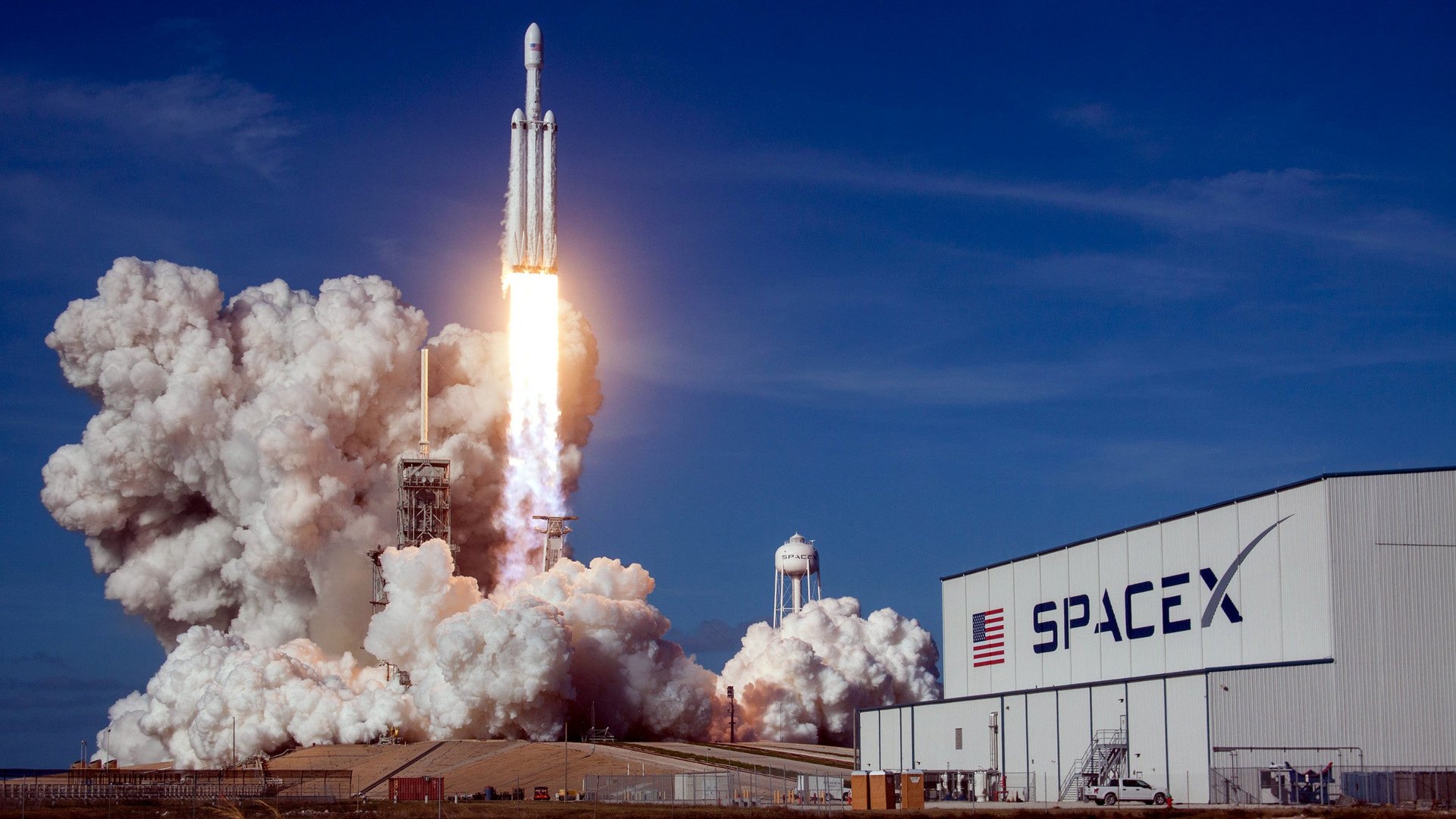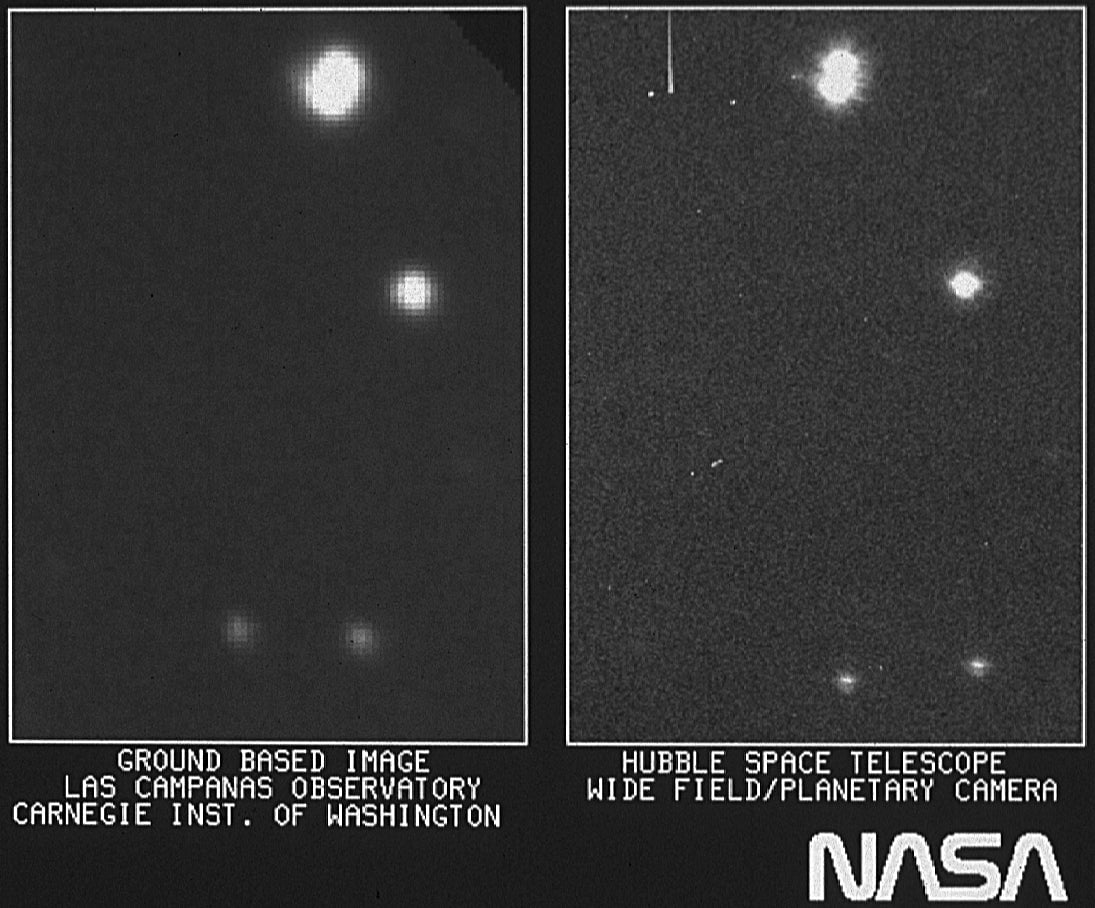An Oxford case study explains why SpaceX is more efficient than NASA
Dear readers,


Dear readers,
Welcome to Quartz’s newsletter on the economic possibilities of the extraterrestrial sphere. Please forward widely, and let me know what you think. This week: Against quantum leaps, NASA’s next spacesuits, and two varieties of asteroid hunting.
🚀 🚀 🚀
One of my favorite academics is a frustrated Oxford professor named Bent Flyvbjerg, whose career is pointing out that big projects almost always fail in predictable ways.
Mega-dams, high-speed rail, Olympics infrastructure, and national IT projects costing more than $1 billion almost inevitably wind up delayed and over-budget, to the point of becoming money-losers. If that reminds you of some projects undertaken by NASA, you see where this is going: Flyvberg and a colleague, Atif Ansar, have written a new case study focused on NASA and SpaceX.
They examine the difference between one-off projects focused on “quantum leaps”—the Space Shuttle or the Space Launch System, say—versus repeatable platforms—containerized shipping, auto manufacturing, and SpaceX’s vehicles. Notably, they insist this isn’t a public-private distinction. Rather, the researchers are focused on organizational principles that lend themselves to successfully delivering transformative projects at scale.
Planners behind projects that attempt to achieve a massive gain in a single leap, they posit, enmesh themselves in psychological patterns that lead to failure. They delude themselves in thinking the actual costs of the project will be much less than expected, because if the real costs were known, the projects would never be attempted.
Platforms, on the other hand, grow incrementally. These aren’t just digital constructions but real world activities that share several characteristics: Repeatability, extendability, the ability to absorb new knowledge and adapt to new situations.
Think about SpaceX’s climb up the launch value chain, from the small Falcon 1 rocket, to the expendable Falcon 9, to the reusable Falcon 9, to the Falcon Heavy. The company focused on solving one problem, small satellite launch, before extending its model to ridesharing, larger satellites, spacecraft, and people. SpaceX absorbed knowledge from legacy NASA programs, cutting-edge software development, and its own constant testing. Its engineers took the Falcon 9 architecture and adapted it into Falcon Heavy, the first American heavy-lift rocket in decades.
Compare that to rockets like the SLS, Apollo, or the Space Shuttle: bespoke projects designed from the top down over years to solve one huge problem, which failed to be sustainable over the long-term because of their high costs.
Ansar and Flyvberg argue that NASA’s choices reflect a belief in a world that is linear and controlled, where experts have access to the knowledge and tools they need to deal with future risks. SpaceX’s paradigm, instead, sees the world as a dynamic, adaptive system, where responding to a changing future requires flexibility.
The results are clear in a statistical analysis of NASA and SpaceX projects. In 118 space missions, NASA saw an average cost overrun of 90%. Over 16 missions, SpaceX saw an average cost overrun of 1.1%. SpaceX projects tended to take an average of about four years, while NASA projects averaged about seven years. Interestingly, both NASA and SpaceX tend to promise faster delivery than actually occurs—SpaceX does in four years what it says it would do in three, while NASA does in six or seven years what it said it would do in four.
As an aside, the paper offers a useful response to a common concern from SpaceX’s critics—that it is underbidding on government contracts to build market share, relying on prodigious venture investment to make up the gap, as if it were Uber fighting taxis. By comparing public financial data on bids and investment, the authors conclude that underbidding can’t make up the vast gap between costs of NASA and SpaceX projects.
The significance of all this is that NASA (and other policymakers or corporate planners) should adapt a platform approach to solving problems. “Sectors of the economy where government finds it difficult to control spending or timeframes or to realize the benefits quickly enough—e.g., health, education, climate, defense—are ripe for a platform rethink,” they write.
This can even break the “iron triangle” of project management, popularly expressed as the notion you can only produce something with two of three characteristics: Fast, cheap, or big. SpaceX, however, exceeds NASA in all three dimensions: scope, cost efficiency, and speed.
It’s easy to become enamored of legendary projects like the Apollo missions, which did after all achieve a quantum leap in both technology and how humanity understood the universe. That’s part of the reason they are so attractive. But Apollo, of course, ended, and humans have not returned to the Moon; NASA’s attempts to replicate Apollo have failed, too.
Artemis, today’s Moon megaproject, is a hybrid of these styles, leveraging traditional programs like Boeing’s SLS rocket, and platform approaches through contracts for Moon rovers and human landers with SpaceX and other firms offering space services. The next trip to the Moon gives us a front row seat to these philosophies playing out in practice.
🌘 🌘 🌘
Imagery interlude
NASA announced that it expects to have the first images from the recently launched James Webb Space Telescope on July 12. While we’re waiting, it might be interesting to look at the first imagery we received from the Hubble Space Telescope after its launch in 1990.

It may not look like much, but this was an engineering image intended to help focus the telescope, which was suffering from problems with its mirrors. After repairs, upgrades and with more advanced processing, a wider field Hubble image of the same area in space—near the Carina Nebula—is more impressive.
🎧🎧🎧
The price isn’t right. If you’ve paid for pretty much anything in the past six months, you might have noticed a few changes. Meat prices are up. Fruit prices are up. Electricity prices are up. Furniture prices are up. Car prices are up. Rent is up. Gas is up. Everything’s up! But figuring out why inflation happens is harder than you might think. Learn more with this week’s episode of the Quartz Obsession podcast.
Listen on: Apple Podcasts | Spotify | Google | Stitcher
🛰🛰🛰
SPACE DEBRIS
NASA hires tailors for new space suits. Two companies, Axiom Space and Collins Aerospace, have been tapped to develop new space suits for the US under agreements that could cost $3.5 billion through 2034. Details about the suits and the contract were scarce, but the plan is for the companies to provide gear to support astronauts doing spacewalks in low-Earth orbit and landing on the Moon.
The Ukrainian space industry at war. Ukraine is home to important aerospace companies, including many that work closely with US partners. Via Satellite’s Mark Holmes spoke with five Ukrainians with ties to the space industry and found out how their lives have been changed by the Russian invasion.
Asteroids, two ways. The US government set itself a goal of finding all the dangerous asteroids, and has failed repeatedly to meet it. A space telescope designed specifically to find these near-Earth objects has been approved by NASA, but the space agency is delaying the project once again. Meanwhile, a former astronaut and physicist has led a team using machine learning to scan archival astronomical data to find asteroids that have been spotted before but weren’t identified.
United Astronomical Emirates. The UAE has been chosen to chair the United Nation’s committee focused on space activities, a decision that reflects the UAE’s recent investments in space exploration and plans for a Mars mission. While the UN moves slowly, the committee is an important venue for countries to talk about issues like space debris and military activities in orbit.
Starlink arrives in Africa. SpaceX’s internet satellite network will make landfall in Nigeria and Mozambique after receiving approval from local authorities, but it remains to be seen how much uptake the service will have at its current price point: Annual fees of $1,919 for a new user are almost equal to Nigeria’s per capita income of $2,097.
your pal,
Tim
This was issue 135 of our newsletter. Hope your week is out of this world! Please send your space suit size, favorite project management theories, tips, and informed opinions to [email protected].